Share the importance of Universal Children's Day with your students. Bring classrooms to life with MY HERO's Multimedia Resources and Lesson Plan for Teachers. Includes discussion guide and learning outcomes.
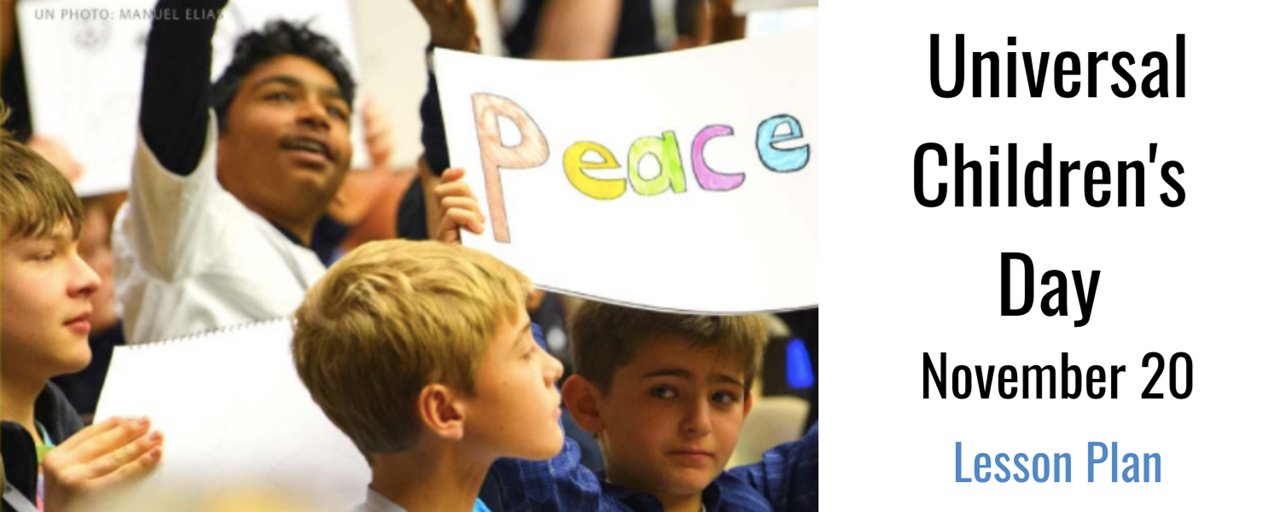
Universal Children's Day promotes international togetherness, awareness among children worldwide, and improving children's welfare.
On November 20, 1959, the UN General Assembly adopted the Declaration of the Rights of the Child.
Films Appropriate for Upper Elementary, Middle and High School Students Celebrating Young People Making a Positive Difference in the World

13-year-old Aiden realized that trees use a mathematical formula to gather sunlight in crowded forests. He wondered why we don't collect solar energy the same way.
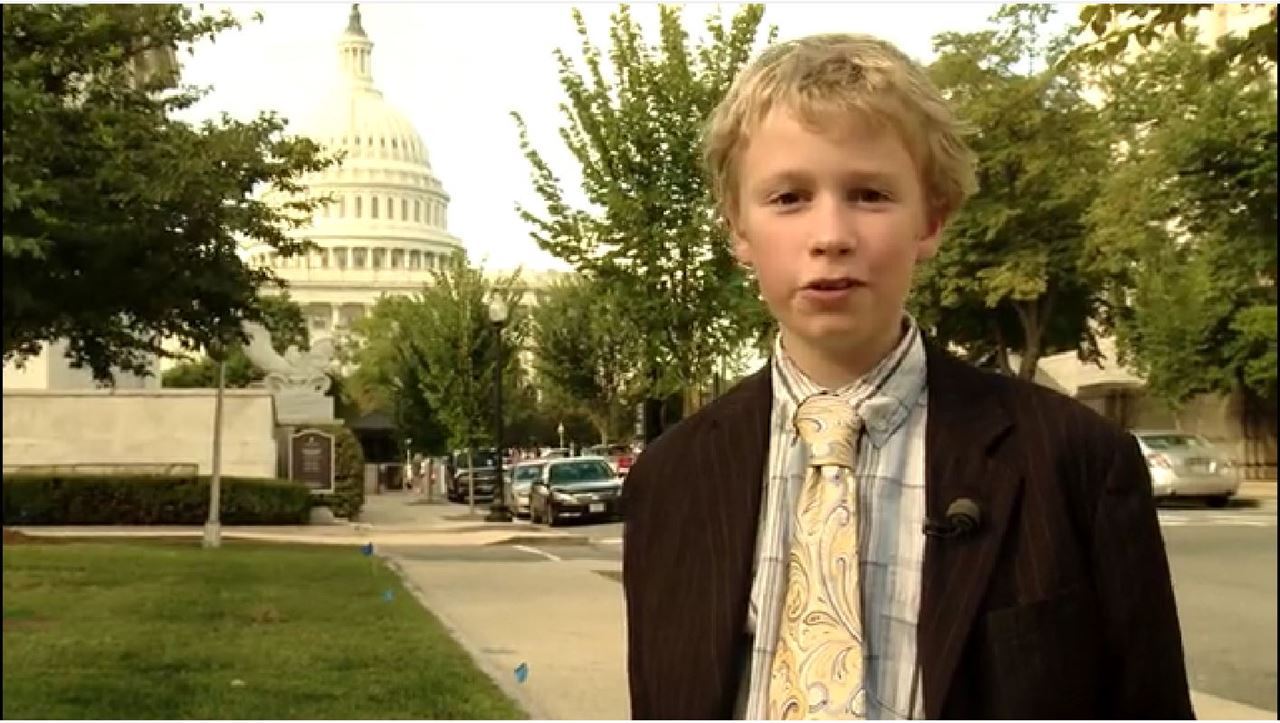
Nine-year-old Milo Cress is concerned about the millions of straws that pollute waterways, waste fossil-fuel resource and harm ocean creatures.
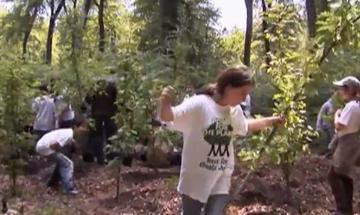
1. Aiden came up with a new idea regarding solar energy. Research solar energy in your community and those making new discoveries for alternative energy sources.
2. Milo Cress demonstrates that young people can make a positive difference. How can you encourage others not to use straws?
3. Wangari Maathai inspired Felix from Germany. Who inspires you? Share his or her story with MY HERO.
4. Identify young people making a positive difference in your own community or globally. Who inspires you? How can you get involved? Share his or her story with MY HERO.
5. How can you make a difference in an issue important to you? Create an action plan, get others involved, and share the story of your efforts with MY HERO.
6. 10-year-old Jaysa rallies the community with her speeches about how the power plant causes asthma and “so much suffering.” When they succeed in shutting down the plant, Jaysa concludes that “words have power.” How can your words be powerful?
Students Learn about Young Heroes Through Story, Film and Art and Consider the Discussion Questions and Activities
Students read the story to learn more about climate activist Greta Thunberg, who was nominated for a Nobel Peace Prize at the age of 16. She exemplifies the heroic traits of courage and perseverance. Greta started out protesting alone and ignited a global youth climate movement.
The story includes a link to Greta's Ted talk.

On the first day, Greta Thunberg, a climate activist with aspbergers, protested outside of Swedish Parliament alone. Now, she's leading 1.5 million students globally.
Students watch the following film and read the story to learn about Vivienne Harr who, at the age of 8, founded Make a Stand Lemon-Aid to raise funds for organizations that fight child slavery.
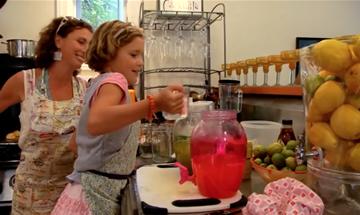
Young Vivienne Harr was deeply affected by the story of children suffering from human trafficking. So she founded Make a Stand Lemon-aid to raise fund for organizations that fight child slavery.
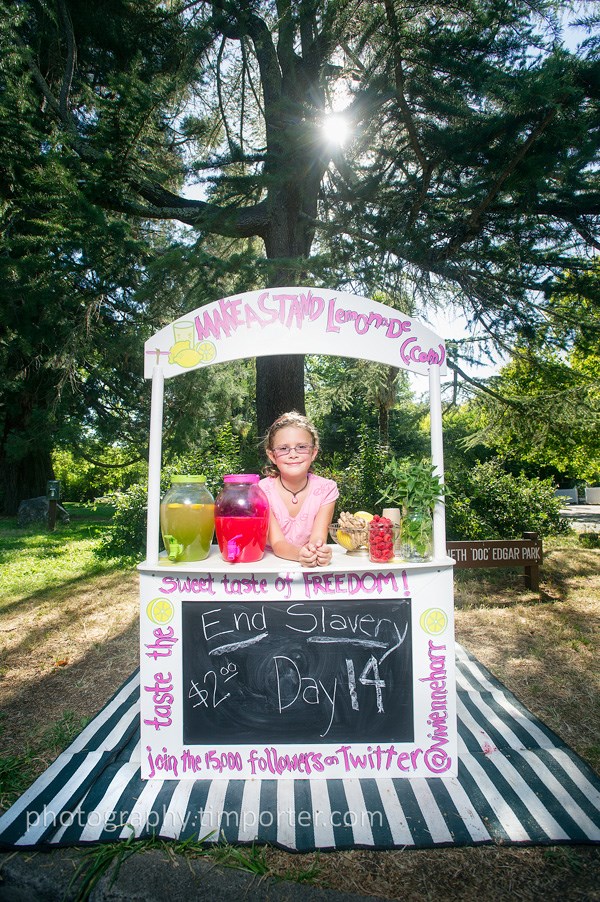
Vivienne Harr founded Make a Stand Lemon-aid to raise fund for organizations that fight child slavery.
Students read the story about Iqbal Masih, a child from Pakistan who was sold into slavery by his father when he was 4 and escaped slavery at the age of 10. He began speaking internationally and was awarded the Reebok Human Rights Youth Award when he was 12 years old.
Students read the story about Samantha Smith, a grade school student and peace activist. Then analyze the portrait by Robert Shetterly, noticing the text used in the portrait.

Samantha Reed Smith (June 29, 1972 – August 25, 1985) was an American girl who became known as "America's Youngest Ambassador" in the United States and the "Goodwill Ambassador" in the Soviet Union during her short lifetime.
She wrote : "If we could be friends by just getting to know each other better, then what are our countries really arguing about? Nothing could be more important than not having a war if a war could kill everything."
Grade school student and peace activist, (1972 - 1985) Samantha was just 10 years old when she wrote the premier of the Soviet Union to ask him about his intentions for waging war. Yuri Andropov invited her to visit the Soviet Union and the success of her trip launched a 3 year odyssey of traveling the world, advocating for peace. Tragically, she and her father were killed in a plane wreck while returning home after one of their numerous peace missions.
Students read the story to learn about Sadako Sasaki, who was two years old when an American atomic bomb was dropped on Hiroshima near her home. Sadako inspired an international peace movement. Then analyze the artwork noticing the use of text.
Students learn about Malala Yousafzai by reading the following stories, analyzing the artwork and watching the film trailer.
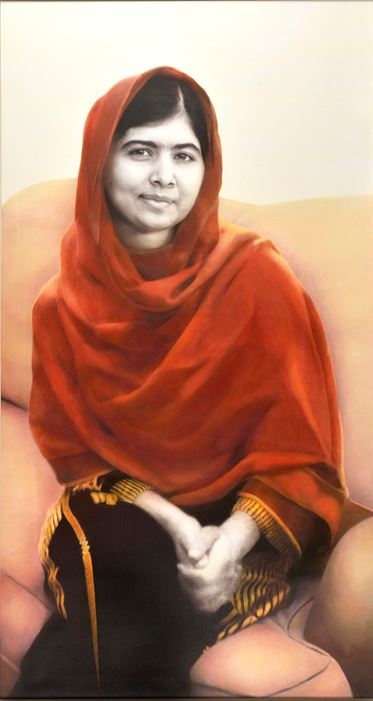
Malala Yousafzai is a Pakistani activist for girls' education and the youngest winner of the Nobel Peace Prize.
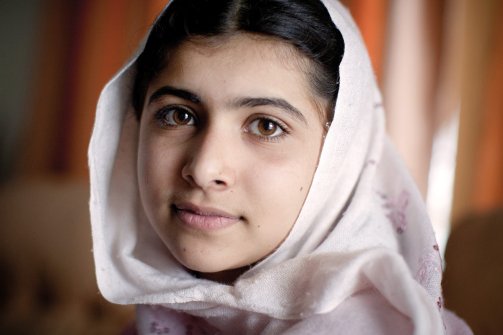
Malala Yousafzai speaks out for the rights of girls to have an education. This story has both text and audio.
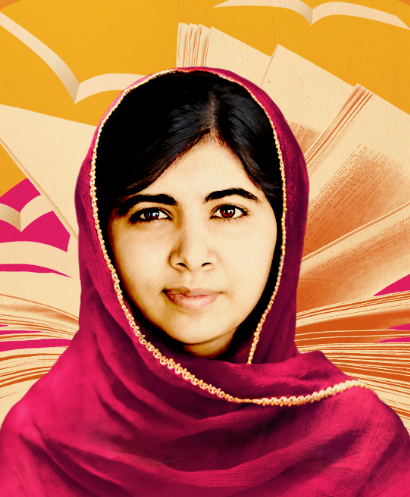
HE NAMED ME MALALA is a portrait of Nobel Peace Prize Laureate Malala Yousafzai.
1. Each of the young people featured has made a positive difference. How are these heroes alike? How are they different?
2. Which of these causes is important to you: climate change, ending child slavery, global peace, access to education for all, or another global issue? Research others working towards a solution and share their story with MY HERO.
3. Identify an issue that is important to you or your community. What can you do? Create an action plan, get others involved and share the story of your efforts with MY HERO.
Additional Stories about Young People Who Have Made a Difference
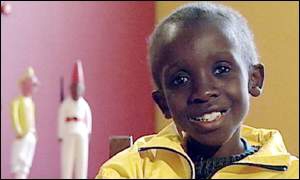
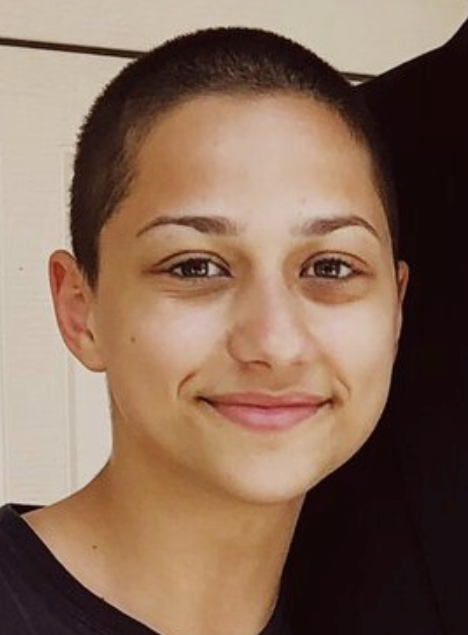
Emma González survived the Parkland high school shooting and successfully fought for improved gun legislation in Florida.
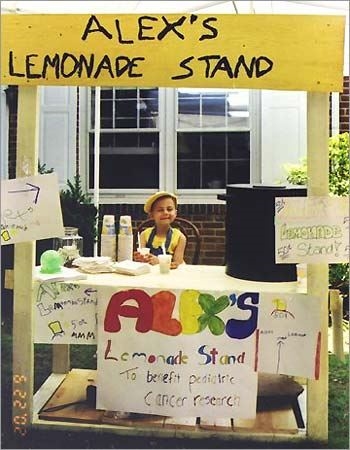
Alexandra Scott raised money for cancer research through her nationwide lemonade stands.

Bilaal Rajan is the founder of Making Change Now and Canada's child ambassador to UNICEF.
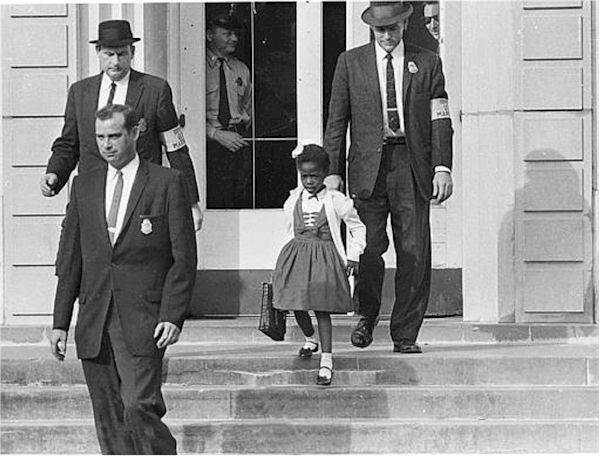
One of the most important heroes in the fight against segregation in America was a six-year-old girl, Ruby Nell Bridges.
1. How are these activists examples of how one person can make a difference regardless of his or her age? What issues did you feel a connection to and why?
2. What are important issues facing your community or the world that you feel passionate about? What can you do? Create an action plan, get others involved, and share your story with MY HERO.
3. Who are young activists in your own community making a difference? Share their story with MY HERO.
Johann Olav Koss embarked on a remarkable journey that has established him as one of the world's greatest ambassadors of sports. As the founder, President, and CEO of Right To Play, Koss and his army of volunteers, teachers, coaches, and diplomats have used the power of athletics to elevate the lives of the world's neediest children... the right to play.
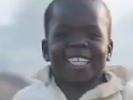
Learning Objectives
Students will identify an issue that is important to them and create an action plan. Students will develop critical thinking skills as they work towards solutions. Students will understand that one person can make a difference.
|
|
The Universal Children's Day lesson plan was created by MY HERO Education Outreach Director Laura Nietzer. |
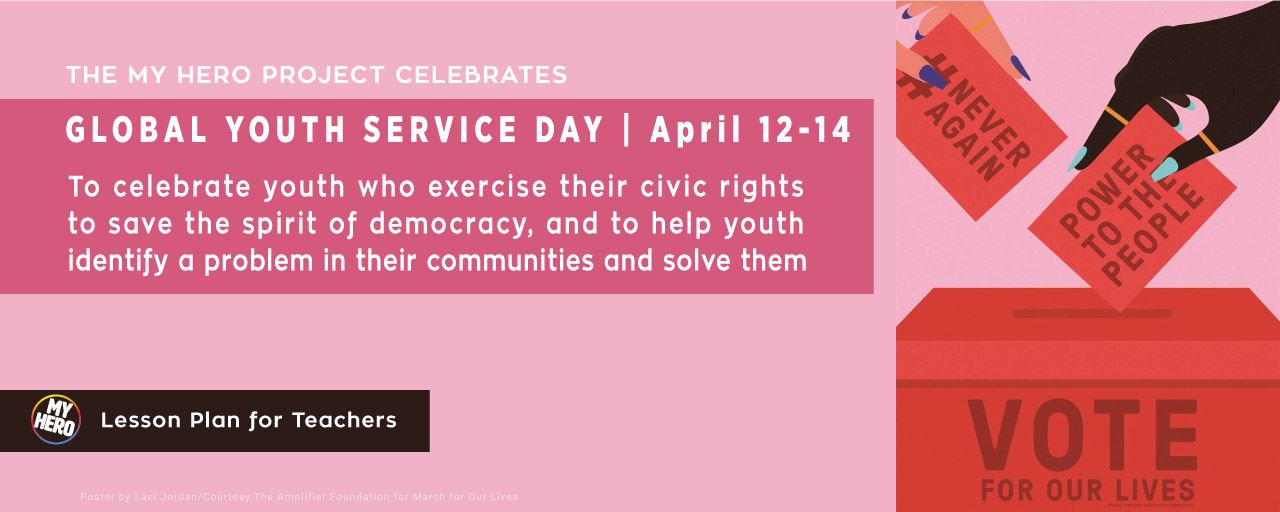
Classroom activity focusing on Global Youth Service Day celebrating youth who exercise their civic rights and to help youth identify a problem in their own community and solve them.
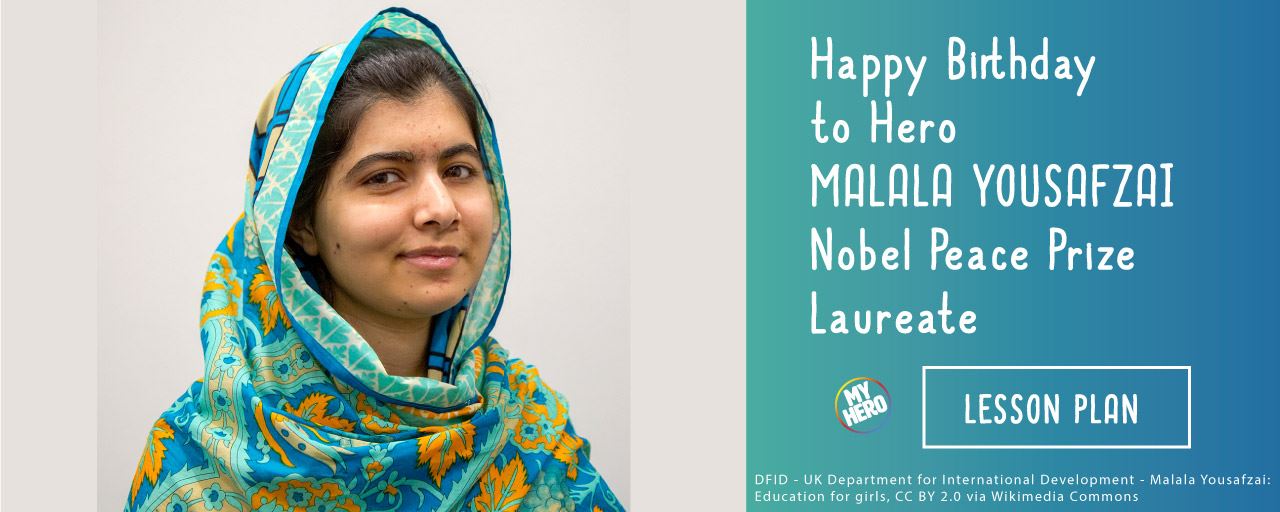
MY HERO celebrates the courage and strong principles of this young student from Pakistan who taught the world how to take a stand against injustice.
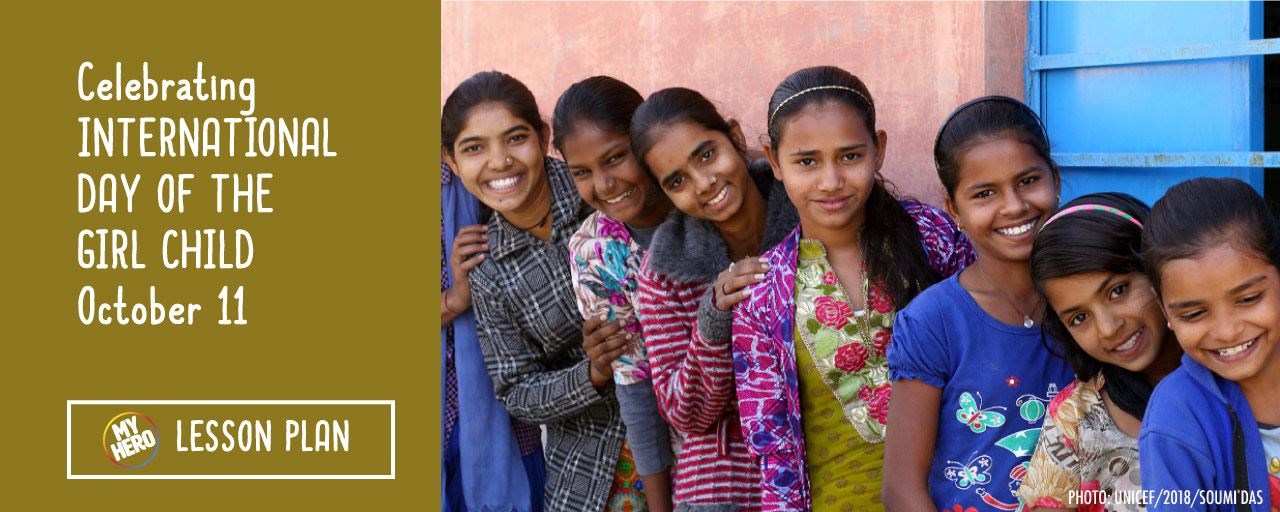
Multimedia Resources and Lesson Plan for Elementary, Middle and High School Students. Includes discussion guide and learning outcomes.
External Links

Universal Children's Day | Official Website
Learn more about the history of Universal Children's Day on the United Nations website
MY HERO Calendars for use in the Classroom
MY HERO's Teachers Calendar Features Lesson Plans and Multimedia Resources
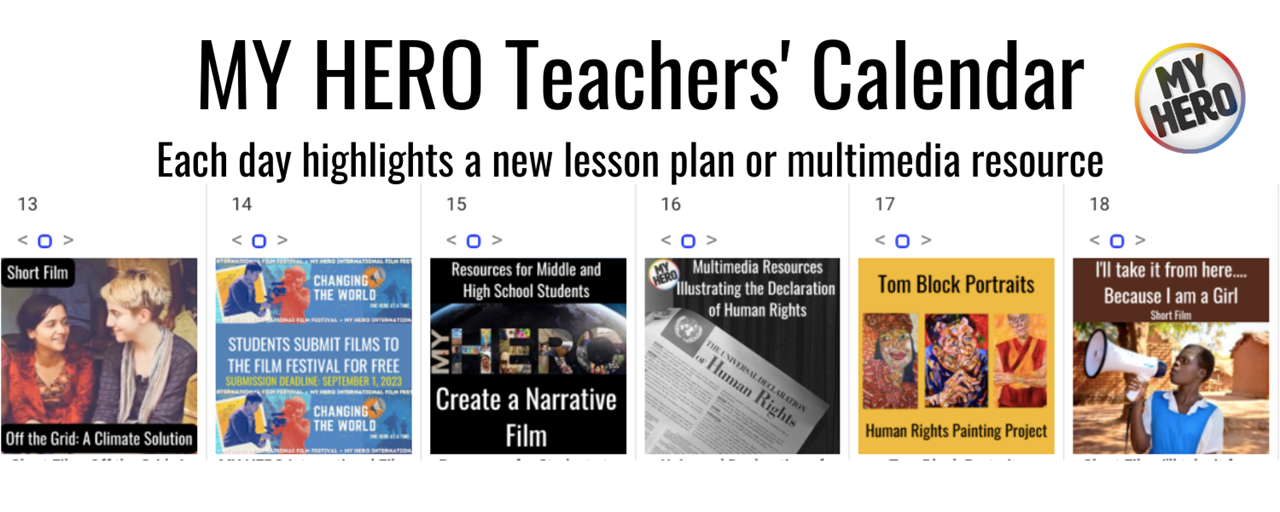
Students: Share Your Hero Essays, Films and Art through our Create Program
Organizer created on 10/1/2019 1:01:47 PM by Laura Nietzer
Last edited 11/7/2024 4:13:43 PM by Laura Nietzer